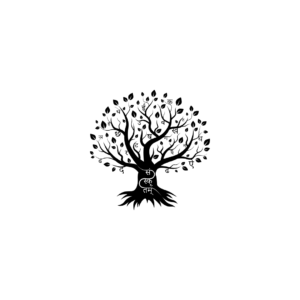Description
A Master of Arts (MA) in Painting is a graduate program focused on the study and practice of painting as a visual art form. This program typically emphasizes both the technical and conceptual elements of painting and encourages students to develop their artistic voice, critical thinking, and professional practice.
Program Overview
Duration: Usually takes 1 to 2 years to complete, depending on whether students are enrolled full-time or part-time.
Mode: Offered in various formats including in-person, online, or hybrid to cater to different learning preferences.
Eligibility: Typically requires a bachelor?s degree in fine arts, visual arts, or a related discipline, along with a portfolio of artwork demonstrating proficiency in painting.
Core Subjects
The curriculum for an MA in Painting often includes a mixture of required courses and electives, such as:
Painting Techniques and Media: Courses on various techniques (oil, acrylic, watercolor, mixed media) and their applications in contemporary painting practices.
Art History: Study of historical movements, styles, and significant artists in painting, helping students contextualize their work within the broader art world.
Concept Development: Workshops focused on developing ideas and concepts for artistic projects, encouraging innovative thinking and personal expression.
Critique and Discussion: Structured critiques of student work, providing valuable feedback and fostering a supportive artistic community.
Professional Practices: Training in the business side of being an artist, covering topics such as marketing, exhibition strategies, grant writing, and portfolio development.
Interdisciplinary Approaches: Opportunities to explore painting in conjunction with other media and disciplines, such as installation art, digital media, or performance.
Theoretical Frameworks: Examination of contemporary theories and trends in visual art, helping students articulate their artistic perspectives and intentions.
Skills Developed
Artistic Technique: Mastery of various painting techniques and the ability to experiment with different materials and methods.
Critical Thinking: Skills in analyzing and discussing visual art, fostering a deeper understanding of artistic choices and outcomes.
Creative Problem-Solving: Ability to navigate artistic challenges and develop original solutions in the creative process.
Communication Skills: Proficiency in articulating ideas and concepts both verbally and in writing, essential for presenting work and participating in critiques.
Career Opportunities
Graduates with an MA in Painting can pursue various career paths, including:
Professional Artist: Creating and exhibiting original artwork in galleries, museums, or public spaces, often leading to opportunities for solo and group exhibitions.
Art Educator: Teaching painting and art courses at schools, colleges, or community programs, sharing expertise with aspiring artists.
Gallery Curator or Director: Managing art galleries or organizations, selecting exhibitions, and working with artists to promote their work.
Art Consultant: Advising individuals or businesses on art acquisition, collection management, and exhibition design.
Arts Administrator: Overseeing art programs and initiatives within cultural institutions or non-profits, often focusing on community outreach and engagement.
Illustrator or Designer: Working in fields such as publishing, advertising, or fashion, applying painting skills in commercial contexts.
Benefits of Pursuing an MA in Painting
Creative Development: Provides dedicated time and resources to explore and expand artistic practice in a supportive and collaborative environment.
Networking Opportunities: Facilitates connections with other artists, faculty, and art professionals, enhancing opportunities for collaboration and mentorship.
Cultural Contribution: Prepares graduates to contribute to the cultural landscape through their artistic practice, engaging with society and addressing contemporary issues through art.
Additional Considerations
When considering an MA in Painting:
Portfolio Requirements: Prepare a strong portfolio that showcases your skills and artistic vision, as this is often a key component of the admission process.
Programs and Locations: Research institutions known for their strong art departments, faculty expertise, and studio facilities that support painting practice.
Exhibition Opportunities: Look for programs that offer opportunities for students to exhibit their work, participate in art fairs, or engage with the community through public art projects.
If you have specific questions about the program, its components, or potential career opportunities in painting, feel free to ask!









